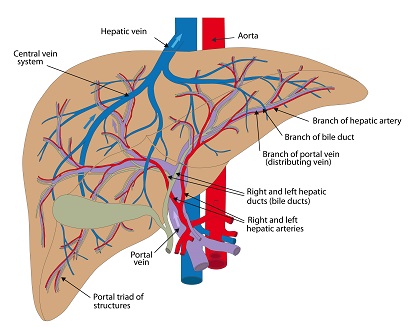Liver Cancer Treatment: What is Chemoembolization?

Liver Cancer Treatment:
Chemoembolization isn’t used just to treat liver cancer, but it does have an important role in this type of cancer treatment. If you live in or around Farmington and are concerned about liver cancer treatment, you may be wondering what chemoembolization is and how it works to fight cancer cells throughout the body. To learn more about this process and what your options are, keep reading!
BREAST CANCER AND THE LIVER
Chemotherapy works by delivering highly toxic drugs directly to liver cancer cells. It doesn’t discriminate between healthy and diseased cells, however, so its side effects can include nausea, vomiting, fatigue, and pain in your liver, GI tract, or both. Chemotherapy may also cause damage to nearby organs such as your kidneys or lungs.
BENIGN TUMORS
One of the most common types of tumors in liver cancer treatment is benign tumors. Benign means that they don’t spread to other parts of your body and they usually do not come back after they have been removed.
CLINICAL TESTS OF CHEMOEMBOLIZATION
A clinical trial performed at Duke University compared chemoembolization with hepatic arterial infusion as treatment options for liver cancer. Researchers found that patients in both groups had similar five-year survival rates, indicating that chemoembolization was an effective alternative to hepatic arterial infusion.
HOW IS IT PERFORMED?
During a chemoembolization procedure, a radiologist threads a catheter through an artery in your groin and up to your liver. The radiologist slowly releases tiny beads that coat vessels and block blood flow to your liver. Over time, these tiny plugs make it harder for cancer cells to get oxygen and grow.
DOSAGE FORMULATIONS
There are two ways to prepare chemotherapy for chemoembolization. The first involves administering a chemotherapy infusion, then draining it through a catheter placed in a vein near one of your lungs. The chemotherapy collects in your lung and leaks into your bloodstream, where it circulates throughout your body and travels to your liver.